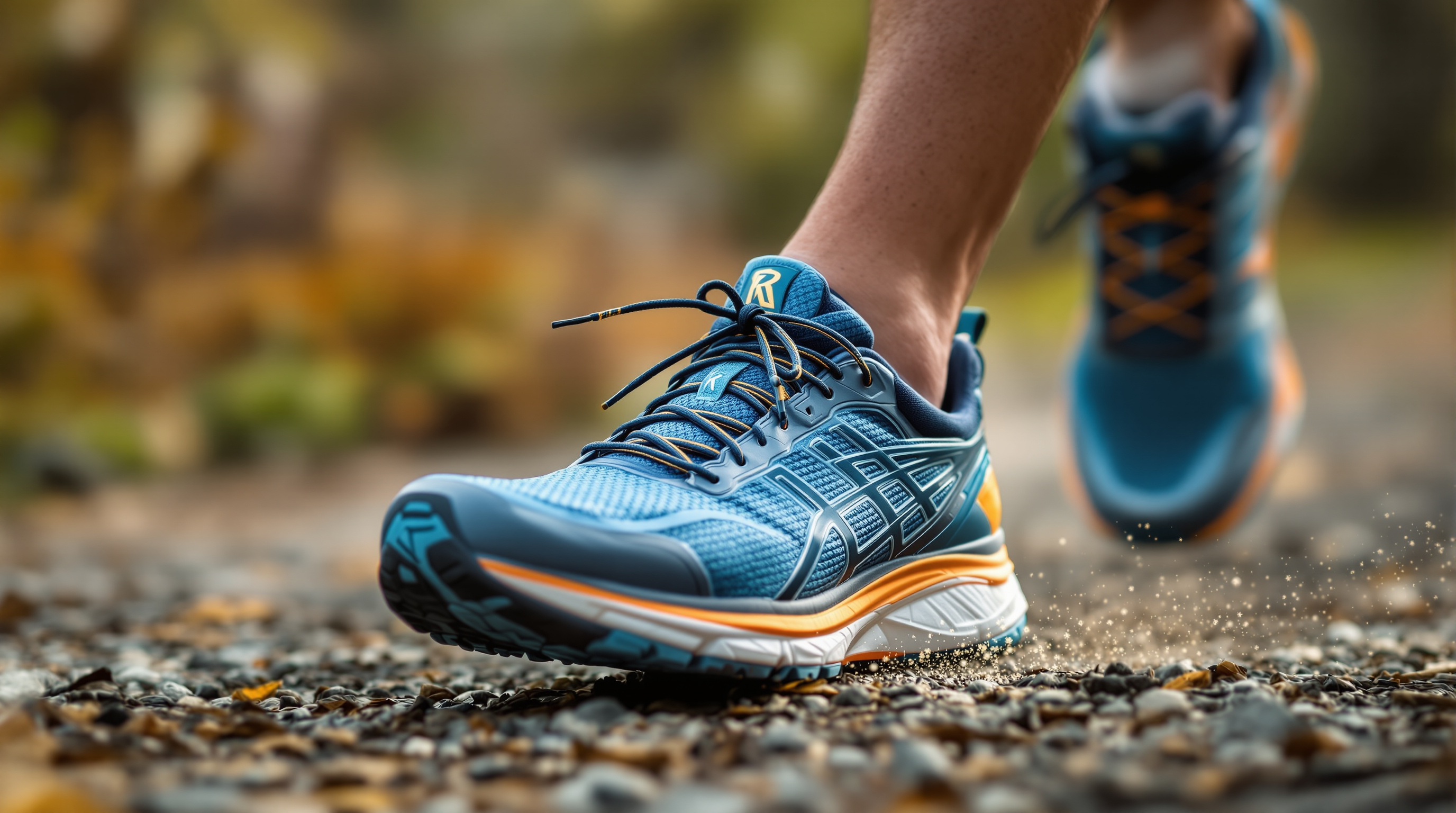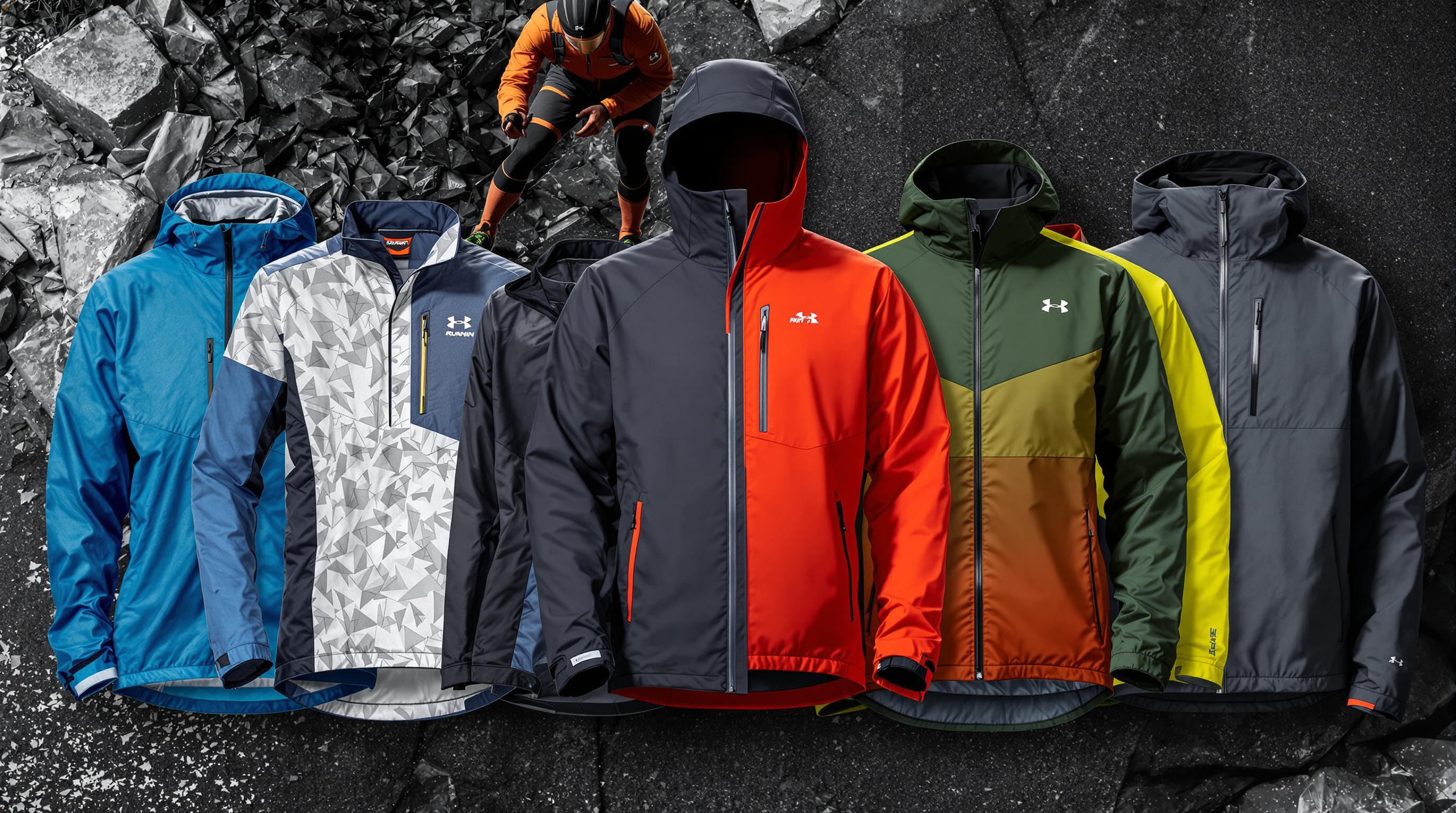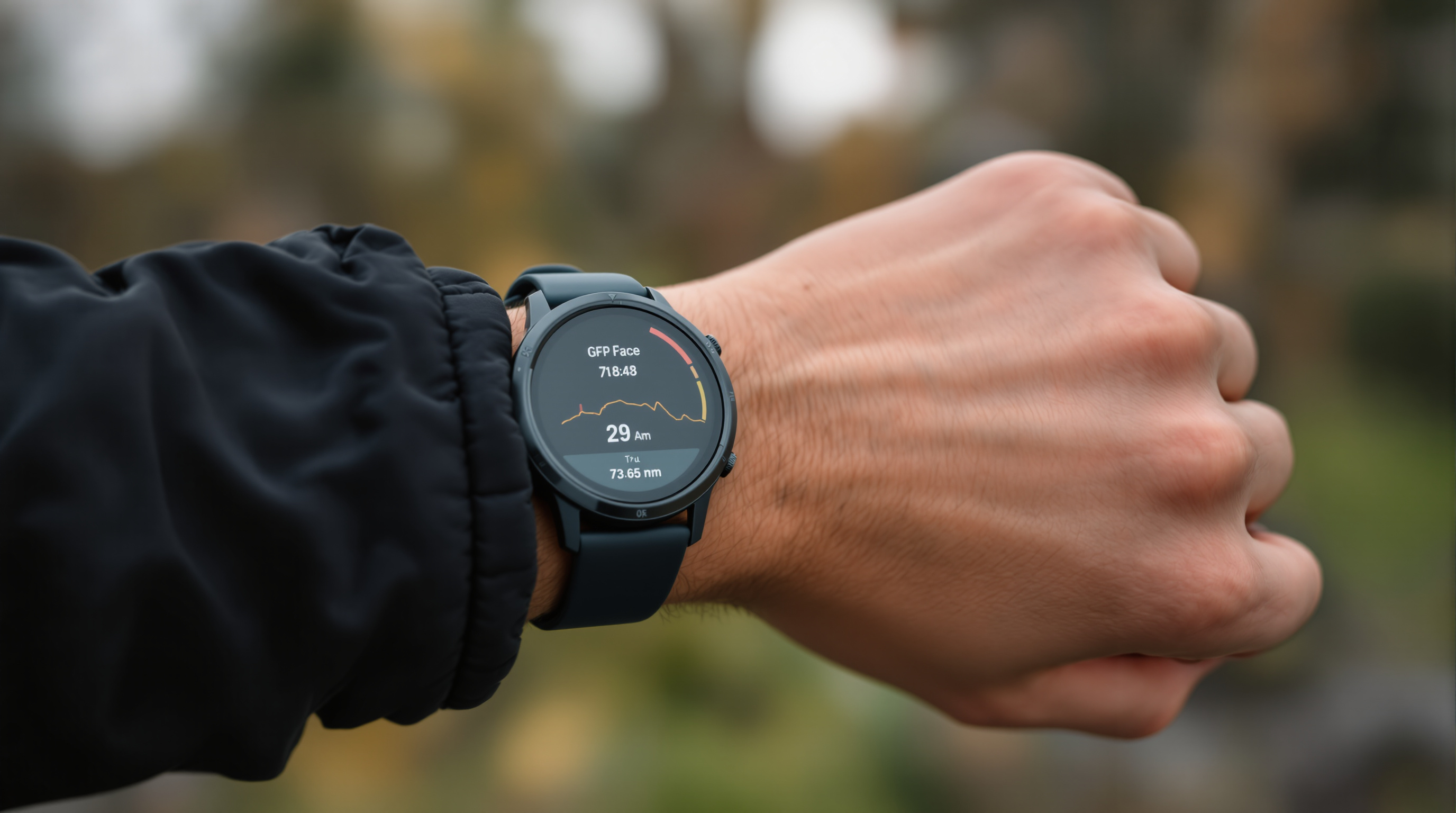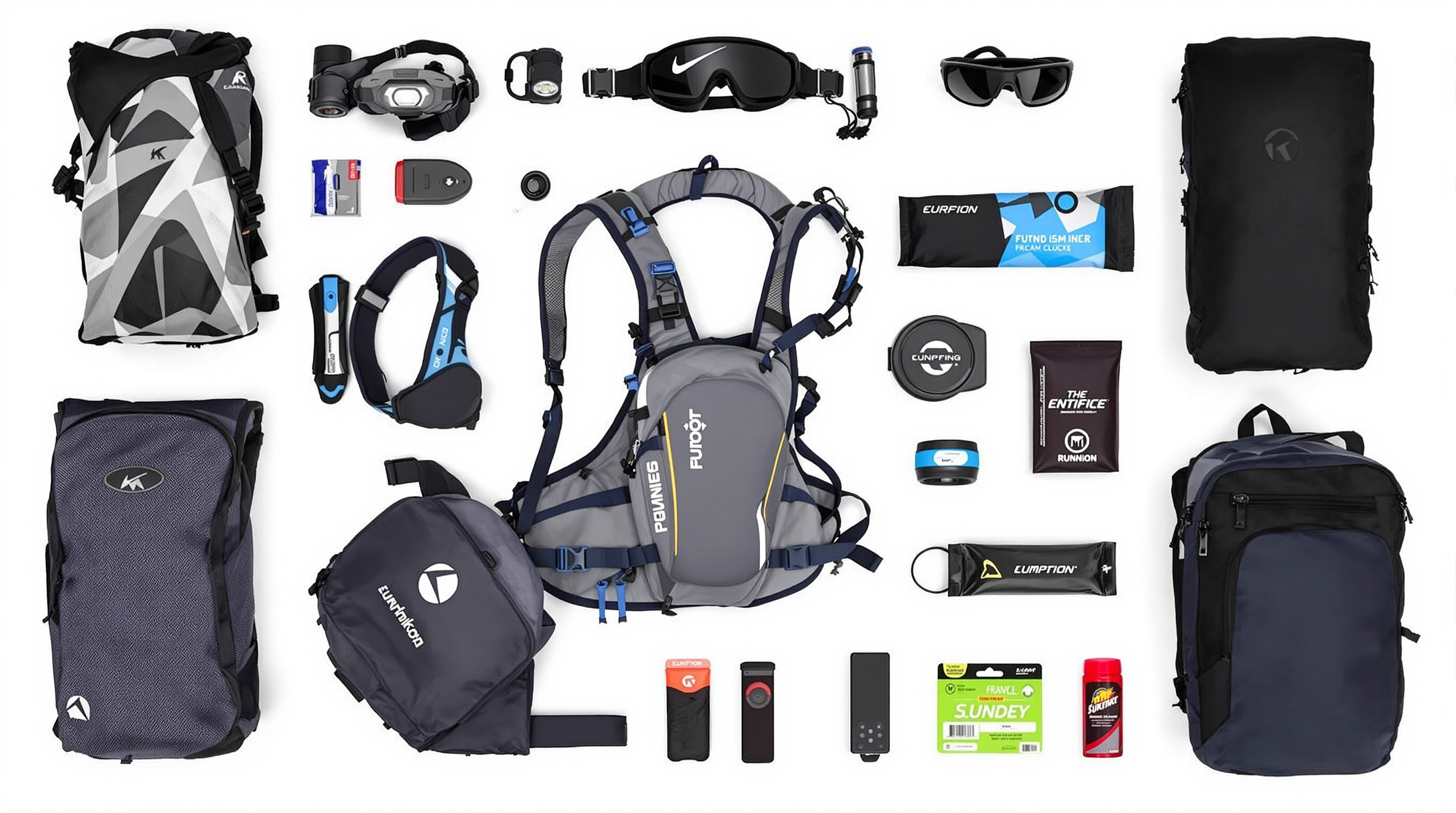Running doesn't require much equipment—that's part of its beauty. Start simple but invest in quality basics. This guide cuts through overwhelming options to focus on essentials that matter: shoes first (your most important purchase), clothing for Pacific Northwest weather, useful technology, and nice-to-have accessories. Quality basics beat trendy extras every time.
Running Shoes: Your Most Important Purchase

Shoes matter for injury prevention, comfort, and performance. Invest time in proper fitting—it's worth visiting a specialty running store for gait analysis.
Getting Fitted Properly
Visit a specialty running store where staff watch you run and analyze your gait. They'll recommend shoes based on your biomechanics, not marketing. Bring old shoes—wear patterns reveal valuable information.
Shoe Categories Simplified
- Neutral: For runners with efficient gait and no excessive pronation
- Stability: Light support for mild overpronation
- Motion Control: Maximum support for significant overpronation
Cushioning Levels
Maximum cushion offers plush comfort for longer distances. Minimal shoes provide ground feel and natural movement. Moderate cushioning balances both—most popular choice.
Shoe Lifespan
Replace shoes every 300-500 miles. Track mileage in training log or GPS watch. Cushioning breaks down even if shoes look fine. Rotating 2-3 pairs extends life and reduces injury risk.
Top Brands
Brooks Running (Seattle-based!), Nike, Asics, Hoka, Saucony, New Balance, Altra
Don't choose on looks—choose on fit! The perfect shoe feels comfortable immediately, not after "breaking in."


